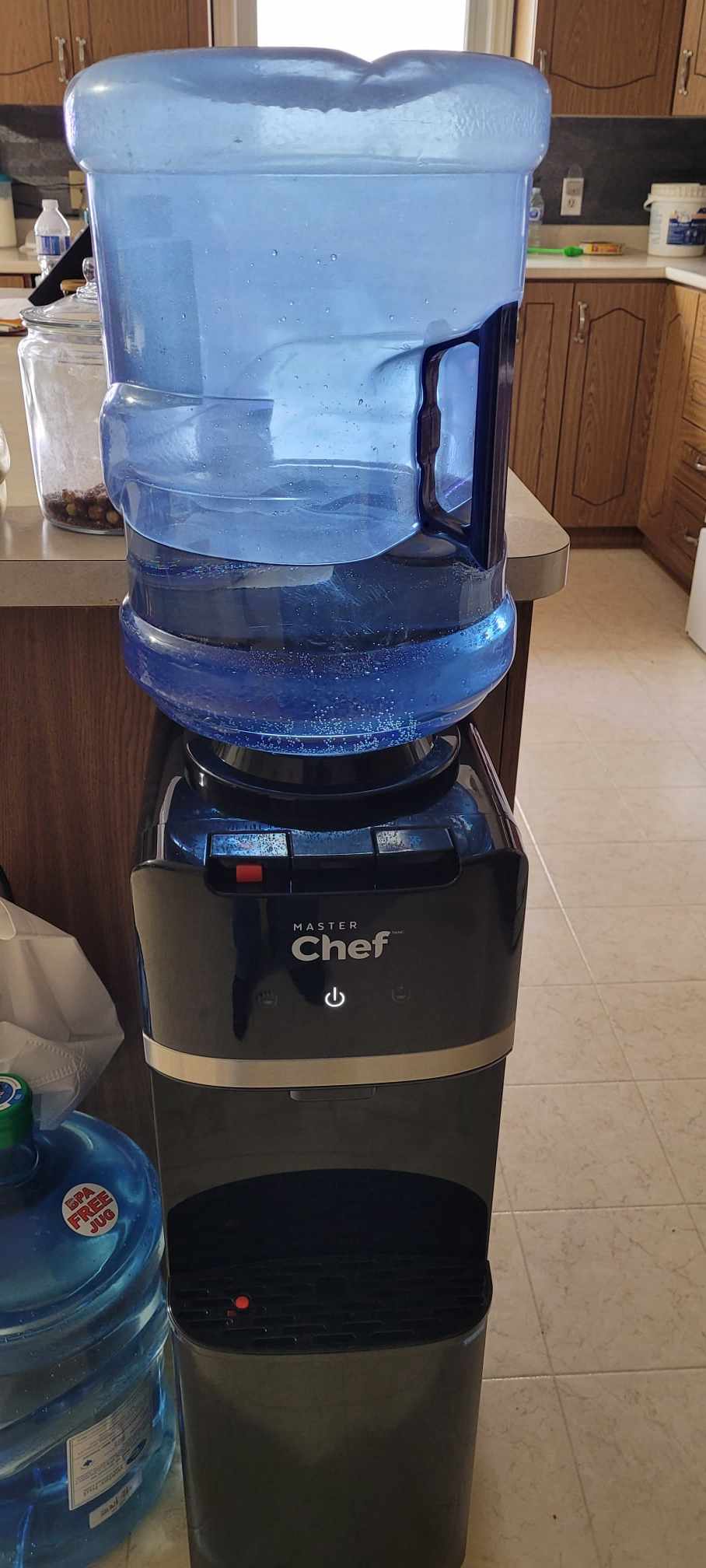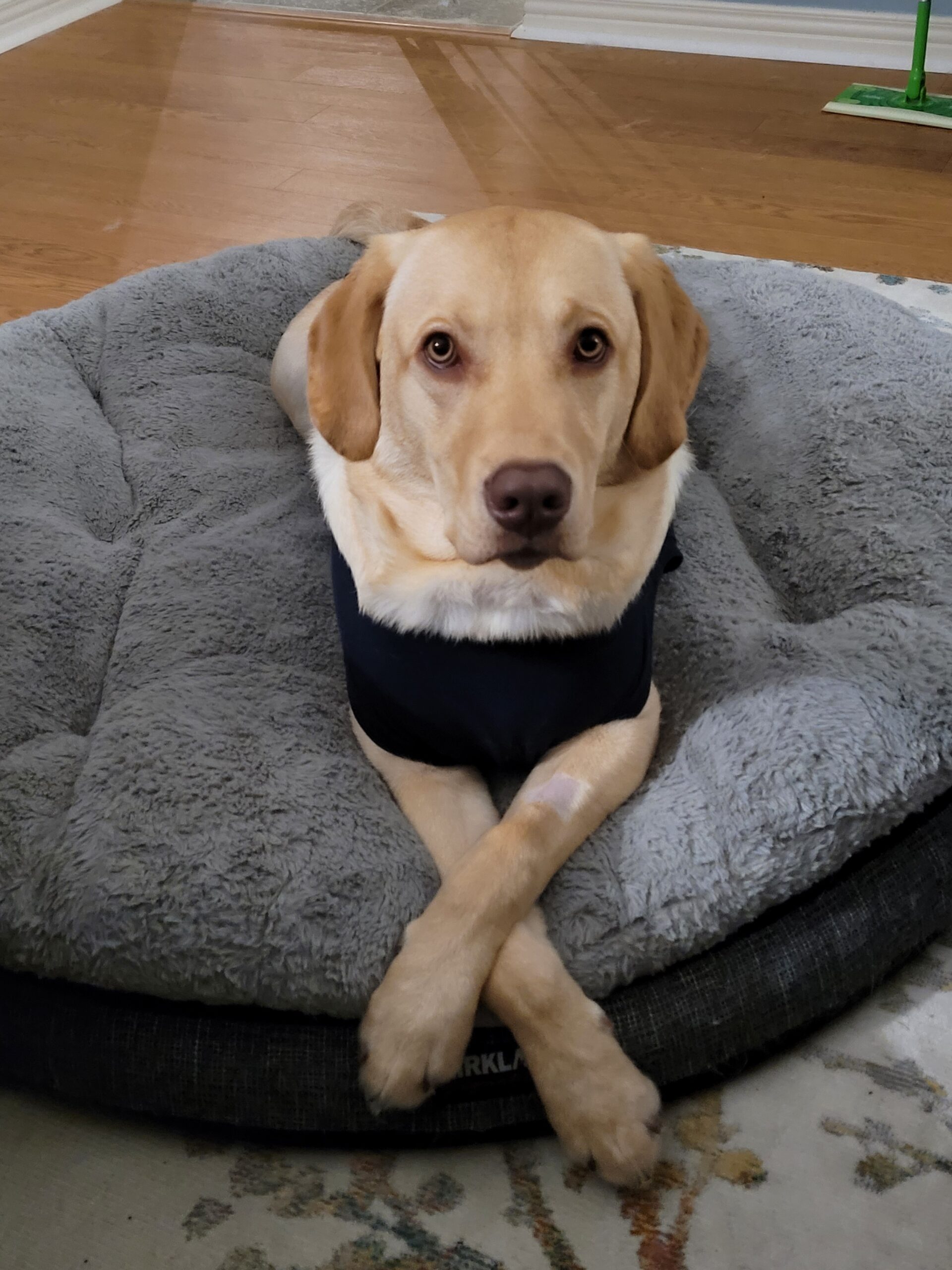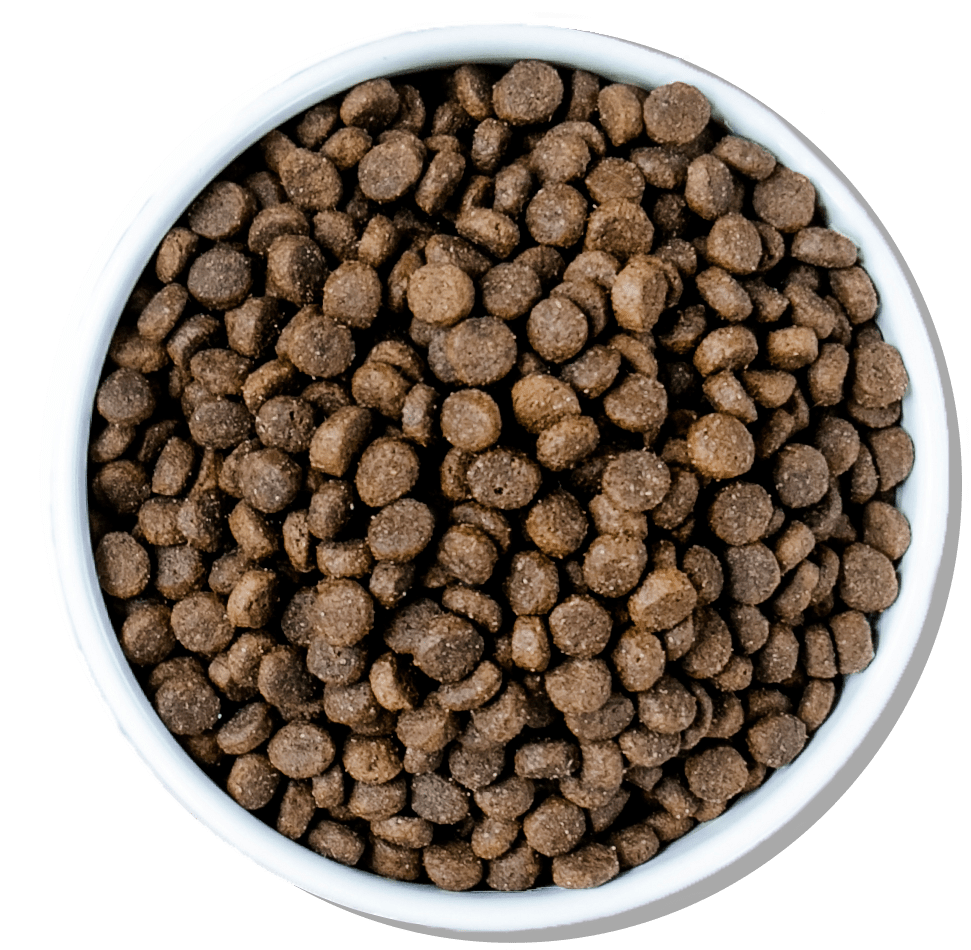
Many chemicals we use in our homes and around our property cause real dangers for dogs. You may know what to do if your dog is poisoned, but you also need to identify the most dangerous chemicals and remove them, keep them secure or replace them with alternatives. Here I have identified what I feel are the 25 most dangerous substances for dogs inside and outside the home. This is not a complete list of EVERY dangerous substance, and there are alot of foods dogs cant eat, but rather see this as a starting point for you to begin identifying dangerous areas and common household solutions and household items so that you can protect your dog and keep them healthy for years to come.
Insecticide
Commonly brought out in the summer, these are put all around the home in the form of bug sprays. They’re poisonous for a Labrador retriever puppy for sure. Luckily, sprays containing pyrethrins kill the bugs and can be harmless for your dog. If you are using even small amounts of ant poison or spider poison, you will need to identify exactly what the active ingredient or substance is called and determine if it is toxic to your dog or cat.
Propoxur
It’s best to avoid the flea and tick collars that contain propoxur and tetrachlorvinphos. Instead, ask your vet to provide a pill to keep your lab free from issues with tics and fleas that aren’t dangerous.
Rodenticides
If you have spotted a mouse or rat around your property, it’s possible you will use mouse or rat poison. Instead of using this which can be fatal for your pet, consider rodent-proofing your home. Once you have done this, you can hire a humane pest expert to take care of the issue.
Phosphates
Phosphates are usually consumed by a dog that has eaten a detergent. Detergents are typically poisonous to dogs if they are consumed and could be life threatening in large amounts. Even small doses can be fatal. You can either invest in non toxic detergents or make sure that they are stored safely in a cupboard up high so your dog can’t reach them.
Propylene glycol
You might be worried about your dog chewing down on a deodorant stick containing this chemical. We’re pleased to say that this is non toxic. However, it will cause everything from vomiting to diarrhea. As such, it’s best to avoid letting your dog get access to these. If you keep your deodorant on top of your bathroom counter your dog may be able to jump up and chew on it. All dog owners need to be aware of common items within reach of their dog.
Morpholine
This chemical is toxic and can be found in wood polishes. As such, these should be avoided if your dog loves cleaning up the table. Instead, you can use alternatives that are more friendly for your Labrador retriever like apple cider vinegar mixed with water.
Fertilizer
The good news is that fertilizer won’t typically be dangerous for a dog if it is eaten after being applied to grass. However, if it is ingested straight from a bag, it may result in tremors and seizures. As such, do make sure that your fertilizer is on a high shelf in the garage out of reach from your lab.
Ethylene glycol
If a dog is poisoned from this the Labrador retriever will typically have licked antifreeze off the ground from the car radiator. The best way to deal with this is to immediately induce vomiting with hydroperoxide and contact your local animal poison control center.
Sodium Chloride.
This chemical is found in the typical de-icers that are used outside to kill the chill on your property. If ingested, they can cause serious illness in your Labrador retriever puppy. There are plenty of alternatives though including kitty litter or even sand to prevent slipping on an icy sidewalk.
Battery Acid
If your dog swallows a battery, it is highly likely that they will have issues with battery fluid. This can cause tissue damage and immediate veterinary attention will be required here. Long term liver failure is possible if your dog survives the initial incident.
Xylitol
Xylitol is a naturally forming sugar alternative and can typically be found in sugar free gum and even some brands of peanutbutter. If you are worried about your dog eating this, make sure you put your gum in the trash or choose a brand that doesn’t use this product. It is poisonous to dogs.
Petroleum
Paint thinner is dangerous because it contains petroleum. A Labrador retriever puppy will usually be exposed to this due to an accidental spill. It’s crucial that this is being cleaned up immediately and that a dog is kept away from it.
Bleach
Dogs will put their head in the shower, they will drink from the toilet and may even eat a toilet cleaner. As such, you should make sure that these areas are not accessible to your lab. Remember, natural cleaning solutions including lemon juice mixed with baking soda avoids this issue. So be sure you rinse places you clean with bleach thoroughly and store the jug of bleach out of reach of your dog. If they do ingest it contact your pet poison hotline immediately.
Acetaminophen
Medications contain a wide range of chemicals including acetaminophen that are harmful to dogs. You must make sure that these are locked in a tablet and never leave pills around that your dog could swallow. It is not a good practice to give human medications as they can result in increased heart rate and even kidney failure in dogs.
Herbicides
Herbicides are chemicals that are used to kill weeds and virtually any other unwanted plant growth around your property. The chemicals used to kill the weeds are highly harmful to dogs. However, there are pet-friendly alternatives available that a dog can be around safely. If your dog gets into a herbicide contact your pet poison helpline immediately.
Isocyanate
If a dog ingests this, usually from glue then the animal will likely require surgery. It is used for both wood and construction work. As such, if you are a DIY junkie you might have this in your home. You need to keep it far from your pet.
Kerosene
This chemical will typically be found in your garage in a product such as gasoline and diesel fuel. The best option is to make sure that you keep your dog out of your garage or whenever you’re keeping items like this.
Tobacco
It is possible for a pet to get their paws on tobacco which is of course found in cigarettes. This can lead to vomiting, tremors, a collapse and finally death. It’s not advisable to smoke at all around your pet.
Dibutyl Phthalate
This is found in various nail polishes. However, there are plenty pet free, nontoxic nail polishes on the market that do not include these types of chemicals. We encourage you to try these as they provide the same high quality finish.
Xylene
This chemical can cause hydrocarbons poisoning in Labrador retriever puppies and can be found in various types of paint. First signs of this include excess drooling but it can ultimately result in a dog falling into a coma.
Formaldehyde
This chemical is found in a variety of new home furnishings. It is toxic if it is absorbed through the skin and has been shown to be a cause of cancer in animals. As an alternative, aim to make sure any furniture your dog will be using is made of solid wood. This is unlikely to contain the chemical.
Naphthalene
You need to keep your Labrador retriever puppies away from this chemical. It can be found in mothballs and instead, you should make your own moth-repellent sachets made from natural ingredients and hang them out of reach of your Lab.
Chlorine
This is another chemical that is commonly found in commercial cleaning solutions. It causes irritation to the skin as well as breathing issues in pets. As such, it’s best to opt for a chlorine free cleaner instead. Chlorine is found in the majority of cleaning products toxic for dogs.
Chrysotile
This chemical is found in asbestos and has been linked to mesothelioma in both dogs and humans. Asbestos is harmless as long as it is undisturbed but it can be present anywhere in your home and dogs can find it without you knowing.
Benzene
This is found in flea and tick dip products. Again, it’s worth avoiding these for your Labrador retriever puppy as the chemical is linked to bladder cancer in dogs. Instead, use the carefully prescribed veterinary pills. The chemical can also be found in air fresheners and cause toxic smells for dogs too.
One last thing to consider is human foods. There are many foods and spices that do not agree with your dog and if ingested in large enough quantities can kill your dog. While we did not touch on human food in this post we encourage you to research We hope this helps you understand the most dangerous substances in your home. If you can identify what substance your Labrador retriever has ingested, you’ll find it easier to know what to do if your dog is poisoned.



